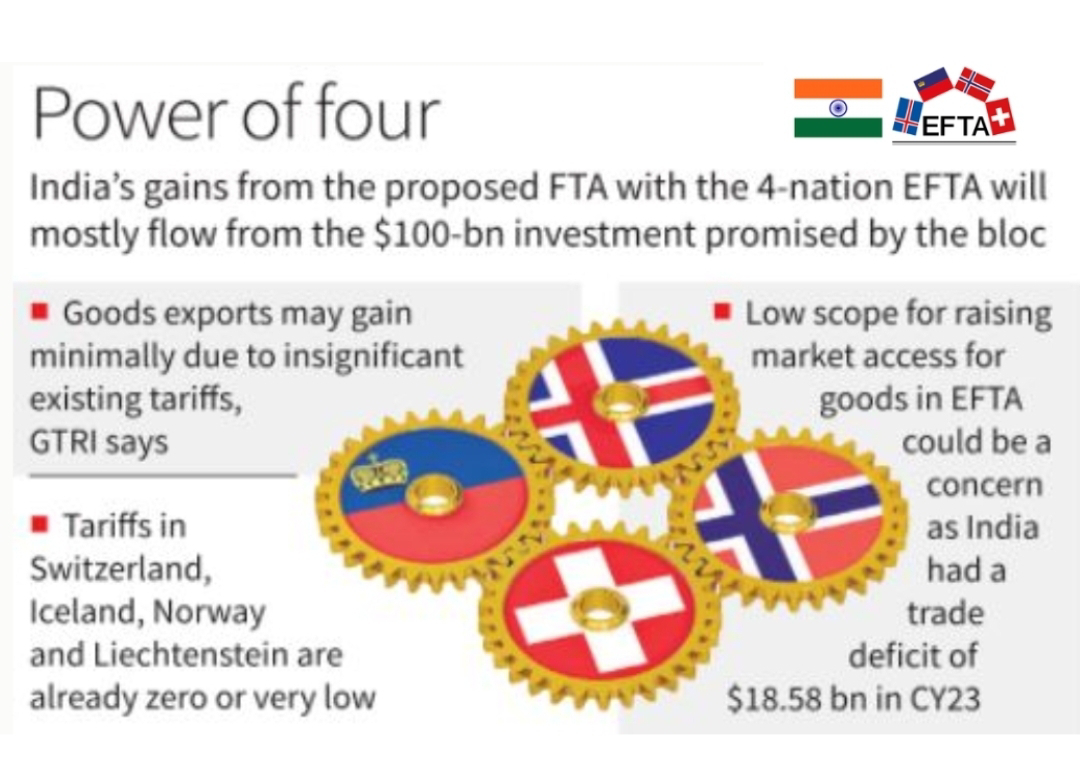Container shipping lines have increased blank sailings on Transpacific routes in response to escalating trade tensions between the USA and China.
The total blanked capacity for weeks 16-19 has surged to 367,800 TEU, representing a significant increase from just 60,000 TEU three weeks prior. The Asia-North America West Coast trade lane has seen scheduled capacity drop by 12% compared to six weeks ago, while the Asia-North America East Coast route experienced an even steeper decline of 14%.
The situation has been complicated by the USA increasing tariffs on Chinese goods to 145%, with China retaliating through 125% tariffs on U.S. imports and restrictions on critical mineral exports.
A VOLATILE POLITICAL CLIMATE
The current political climate is extremely volatile and given that tariffs are being imposed and suspended on an almost daily basis, we assume that both the shipping lines and cargo owners are only adjusting their short-term supply chains for now and waiting for things to settle down before making longer-term network adjustments.
Blank sailings are expected to continue rising in the coming weeks, particularly in the Transpacific eastbound trade. Some vessels may depart China with significant empty space through May as cargo owners cancel shipments or halt cargo at origin to offset rising costs.
BLANK SAILINGS DURUNG COVID
Data released in April 2020 reveals that when Covid-19 had begun to spread across the world, approximately 150 blank sailings were declared on major shipping routes. Out of these, over 100 were announced between the Chinese New Year and mid-March as the COVID-19 outbreak spread-out in China.



